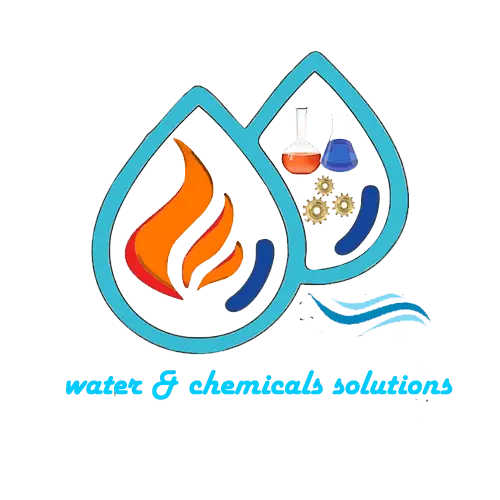DANGER: CARCINOGEN AND TOXIC
Chloroform is harmful if swallowed, inhaled, or absorbed through skin. Suspected of causing cancer. Causes drowsiness or dizziness. Use only with adequate ventilation and proper safety equipment. Keep away from heat/sparks/open flames.




Chloroform Sigma-Aldrich Equivalent
Product Specifications
- Purity: ≥99.8% (ACS Reagent Grade)
- Appearance: Clear, colorless liquid
- Odor: Characteristic sweet odor
- Density: 1.48 g/cm³ at 25°C
- Boiling Point: 61-62°C
- Melting Point: -63°C
- Refractive Index: 1.445 at 20°C
- Packaging: 250ml, 500ml, 1L, 2.5L in amber glass bottles
Chemical Properties
Chloroform is a dense, volatile, colorless liquid with a characteristic sweet odor. This Sigma-Aldrich equivalent grade material meets high purity standards for research and industrial applications. Contains 0.5-1.0% ethanol as stabilizer.
Technical Specifications
| Molecular Formula | CHCl₃ |
|---|---|
| Molecular Weight | 119.38 g/mol |
| CAS Number | 67-66-3 |
| IUPAC Name | Trichloromethane |
| Appearance | Clear, colorless liquid |
| Odor | Characteristic sweet odor |
| Purity | ≥99.8% (ACS Reagent Grade) |
| Density | 1.48 g/cm³ at 25°C |
| Boiling Point | 61-62°C |
| Melting Point | -63°C |
| Flash Point | None (non-flammable) |
| Vapor Pressure | 160 mmHg at 20°C |
| Vapor Density | 4.1 (air = 1) |
| Refractive Index | 1.445 at 20°C |
| Solubility | Slightly soluble in water (0.8 g/100 mL), miscible with organic solvents |
| Ethanol Content | 0.5-1.0% (as stabilizer) |
Handling Precautions
Chloroform is a suspected carcinogen and requires proper ventilation and protective equipment. Avoid contact with skin, eyes, and clothing. Do not breathe vapor. May cause drowsiness or dizziness. Store in tightly closed containers in a cool, well-ventilated area away from light. Decomposes slowly on exposure to air and light to form phosgene.
Industrial & Research Applications
- Chemical Synthesis: Solvent and intermediate in pharmaceutical manufacturing
- Laboratory Use: Extraction solvent for DNA/RNA purification
- Histology: Tissue processing and fixation
- Chromatography: Mobile phase component in HPLC
- Pharmaceuticals: Former anesthetic (now restricted)
- Industrial Processes: Refrigerant manufacturing
- Forensics: Chemical analysis and fingerprint development
Safety & Handling Protocol
- Exposure Routes: Inhalation, ingestion, skin absorption
- Acute Effects: Dizziness, nausea, liver/kidney damage
- Chronic Effects: Suspected carcinogen, liver damage
- PPE Requirements: Chemical-resistant gloves, safety goggles, fume hood, respirator
- Work Area: Adequate ventilation required (fume hood recommended)
- First Aid: Fresh air for inhalation, wash skin with soap and water
- Storage: Tightly closed amber glass in cool, dark, ventilated area
- Disposal: As hazardous toxic waste (phosgene risk)
Complete safety protocols available in the Material Safety Data Sheet (MSDS) which must be reviewed before handling.
Packaging Options
| Quantity | Container | Part Number | Special Requirements |
|---|---|---|---|
| 250 ml | Amber glass bottle with PTFE-lined cap | ALK-CHL-250 | Poison label, restricted substance |
| 500 ml | Amber glass bottle with PTFE-lined cap | ALK-CHL-500 | Poison label, restricted substance |
| 1 L | Amber glass bottle with PTFE-lined cap | ALK-CHL-1000 | Special handling required |
| 2.5 L | Amber glass bottle with PTFE-lined cap | ALK-CHL-2500 | Special handling required |
Storage & Stability
Store in tightly sealed amber glass containers in a cool, dark, well-ventilated area. Stable when protected from light and air. May decompose to form phosgene on prolonged exposure to air and light. Shelf life of 2 years when stored properly. Keep away from strong bases and reactive metals.
Regulatory Information
Chloroform is regulated as a hazardous toxic substance in most jurisdictions. OSHA Permissible Exposure Limit (PEL): 50 ppm (8-hour TWA). Suspected carcinogen (H351). Special transportation requirements apply. Purchase may require license documentation in Pakistan.
